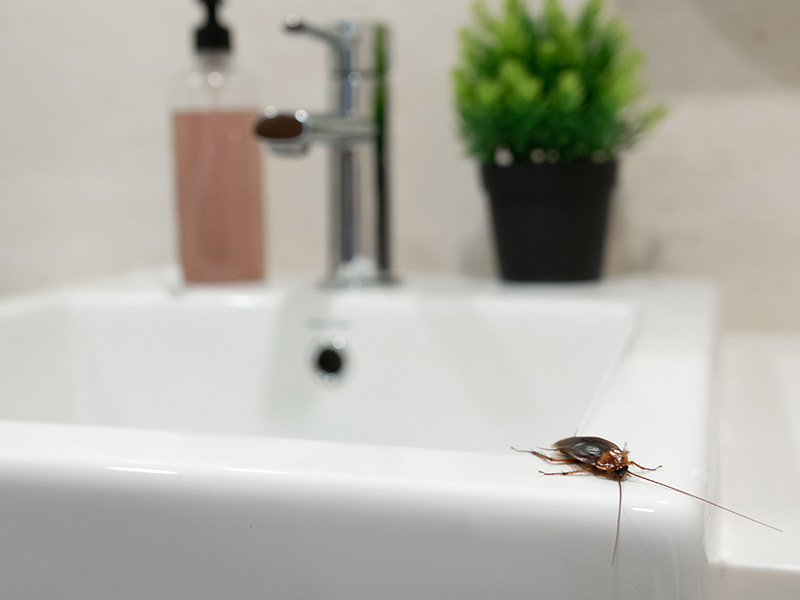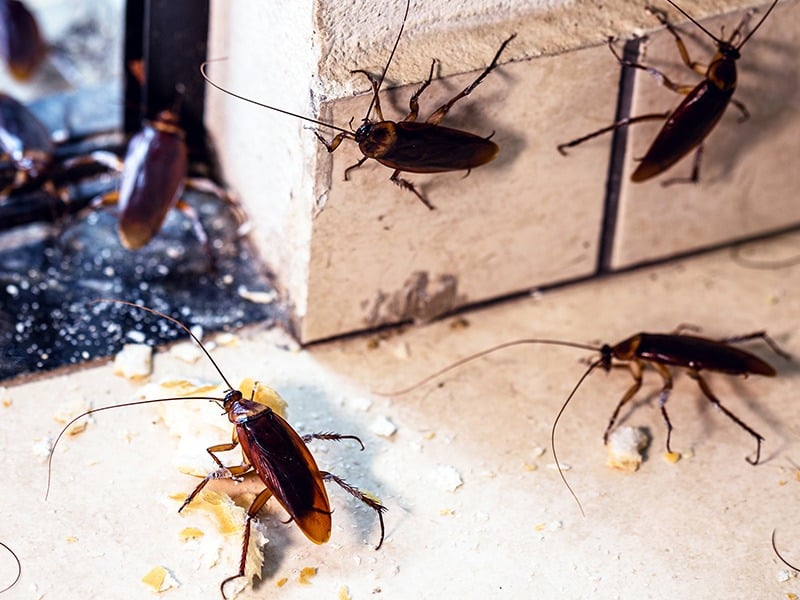
What Do Carpenter Bees Look Like?
Large bees growing 1/2 to 1 inch long and have a shiny, hairless abdomen. Females are typically black with metallic reflections and males are a tan color. They have hairs on the hind legs. Females have mandibles used to excavate wood.
When are carpenter bees most active?
Life Cycle of the Carpenter Bee
Complete metamorphosis
After mating in the spring, the male and female return to old tunnels or create new, perfectly round holes 1/2 inch in diameter and a minimum 1-inch deep into softwood.
A mixture of pollen and nectar is then regurgitated into the chamber and the egg is laid. Six to eight chambers are constructed and sealed off so that the egg can hatch, the larva can feed on the mixture and then pupate emerging in August in its adult form. Carpenter bees feed then return to their tunnels for the winter.
Habits of Carpenter Bees
- Diet: Flower nectar. Do not eat wood.
- Activity: Active in the springtime and early fall. Travel in small colonies.
- Preferred Climate: Cooler temperatures
- Defense: Females will sting if provoked. Males do not sting but will dart towards humans to cause panic.
- Cautions: Initial damage caused is minimal, but subsequent broods will return and bore deeper into the wood. The shavings falling below can result in stains.
- Home Invasion: Will bore holes in unprotected wood at least two inches thick.
Are Carpenter Bees Dangerous?
Must be extremely provoked if they do sting.
Where Do Carpenter Bees Nest?
Carpenter bees commonly nest near dead oleander, yucca stalks, wood piles, and untreated wood structures including homes.
Interesting Facts About Carpenter Bees
Adult carpenter bees die a few weeks after laying eggs.
How Do You Get Rid of Carpenter Bees?
If you've found carpenter bees drilling holes in your property, contact Northwest Exterminating for help! Our locally operated pest control company offers pest control services in Phoenix and Tucson as well as throughout Southern Arizona that stop these wood-damaging pests from taking over.

Testimonials
Request Your FREE Estimate
Have questions or need help getting rid of carpenter bees or other pests? Simply complete the form below or give us a call!



